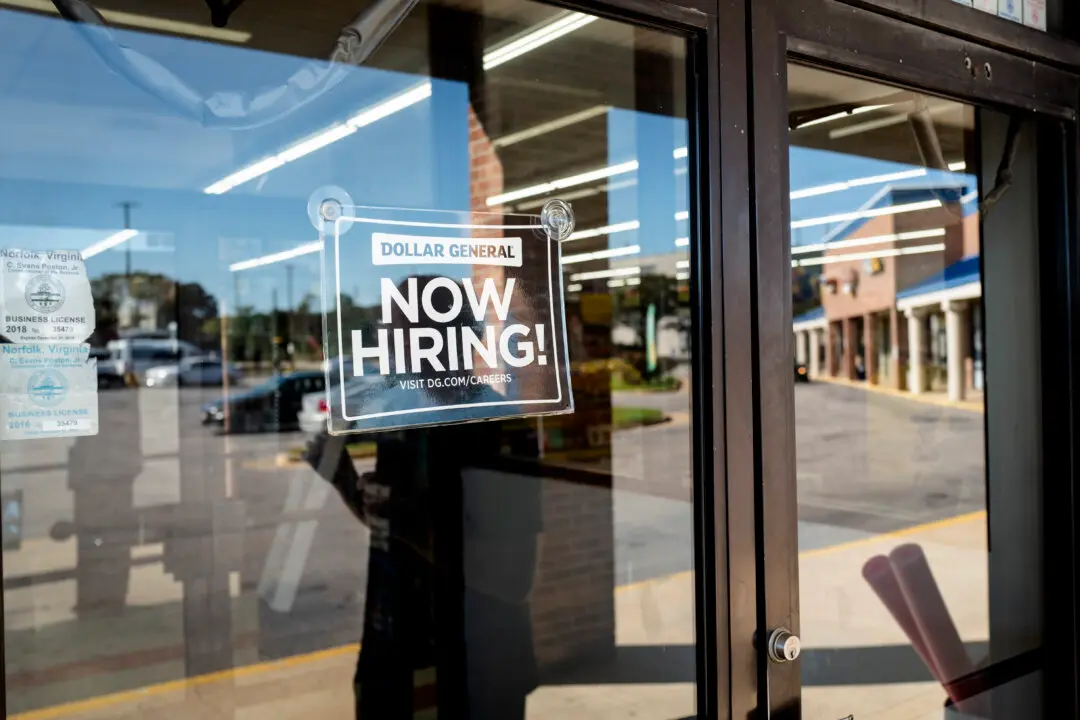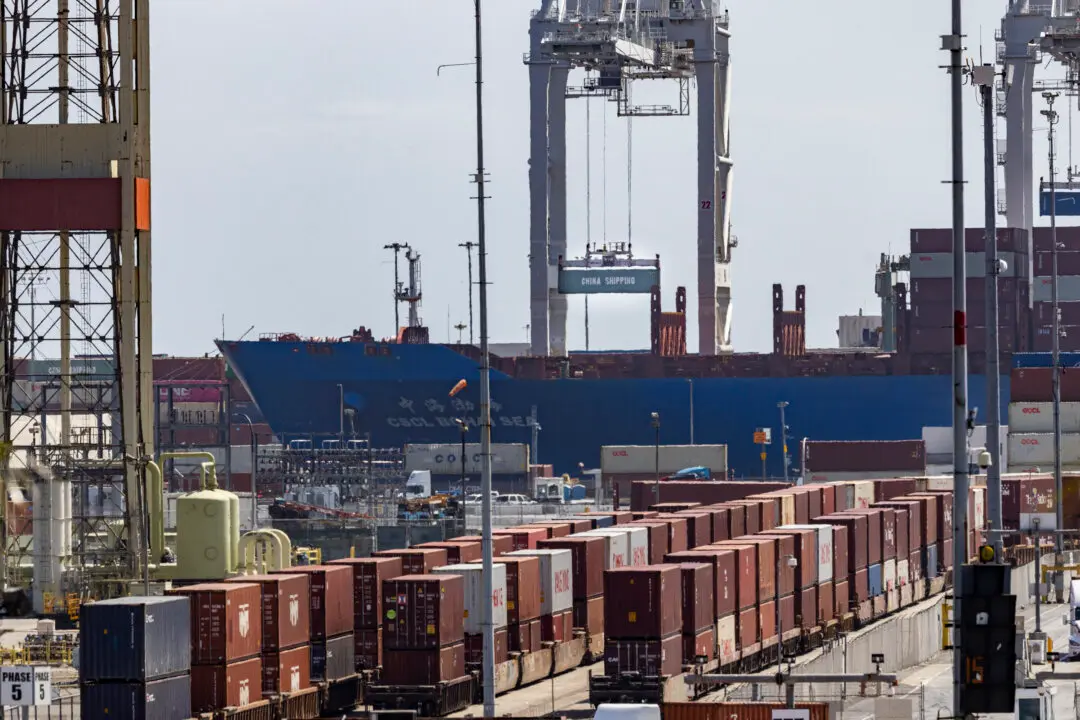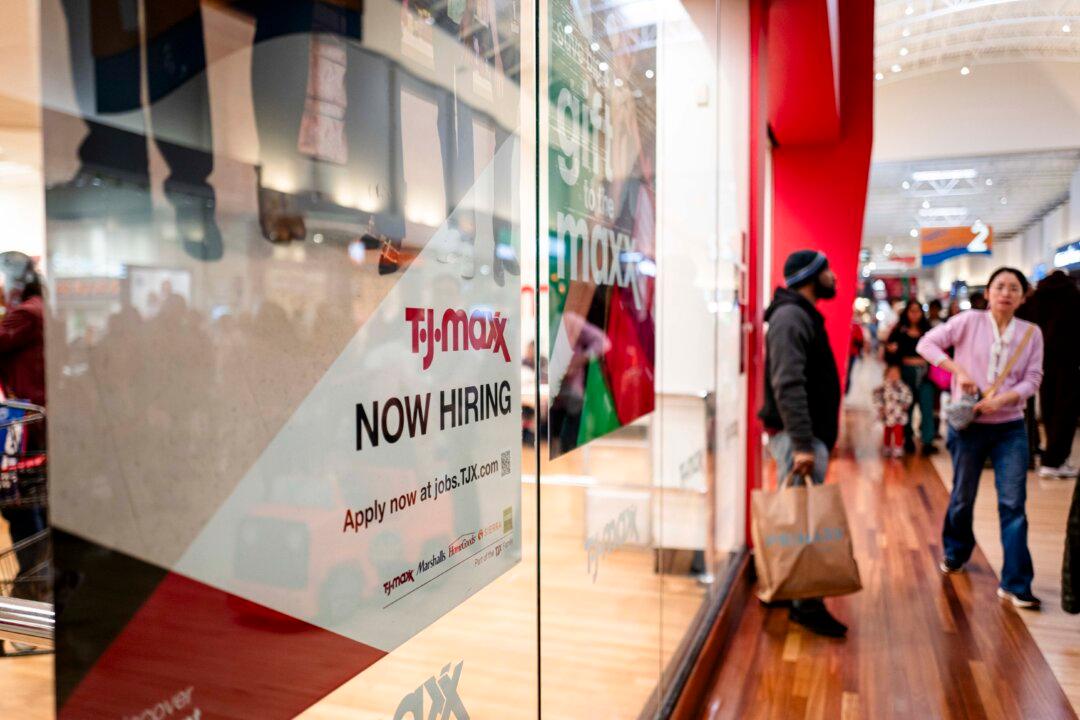In the aftermath of the January inflation reading, James Bullard, president of the Federal Reserve Bank of St. Louis, has been doing the media rounds and making comments that have been generating headlines across the business media landscape.
After the annual consumer price index (CPI) climbed to a 40-year high of 7.5 percent, Bullard suggested that it might be time for the Federal Open Market Committee (FOMC) to institute a full percentage point of rate hikes over its next three meetings. He warned that policymakers could be making a mistake by thinking that inflation would dissipate, particularly after incorrectly arguing for much of last year that higher prices would be transitory.





